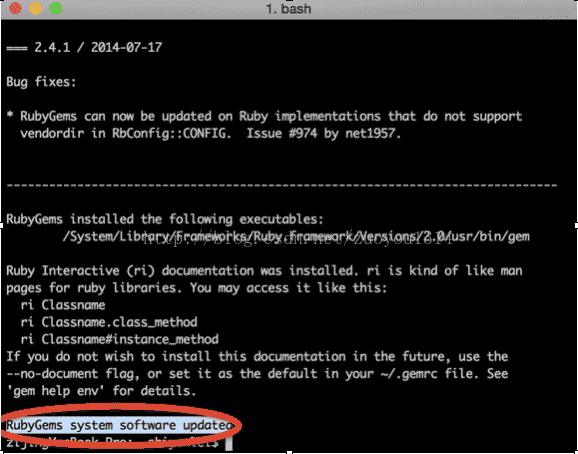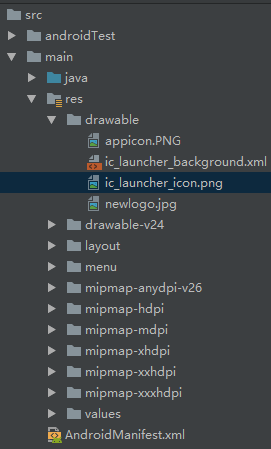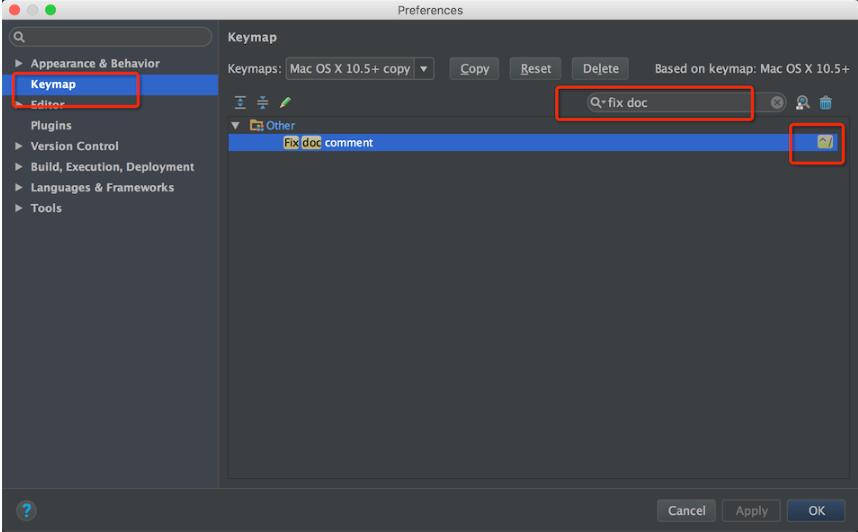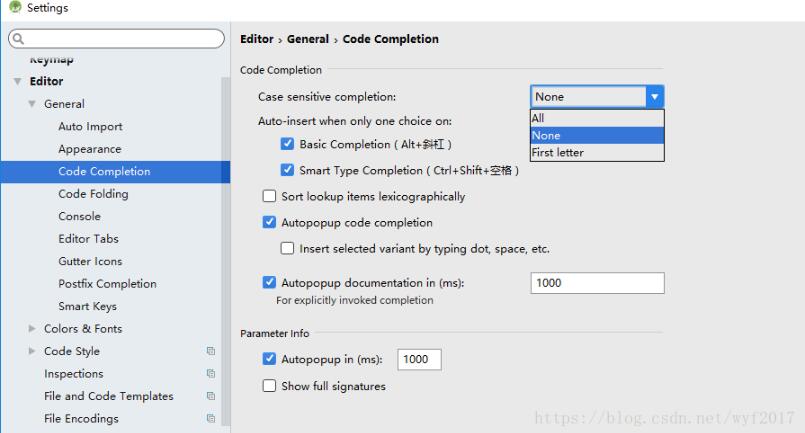这篇文章主要介绍了iOS开发中Subview的事件响应以及获取subview的方法,代码基于传统的Objective-C,需要的朋友可以参考下
Subview的事件响应
在view的层级里面,默认情况下subview是可以显示到其父view的frame区域以外的,通过设置clipToBounds属性为YES,可以限制subview的显示区域。但是touch在各个UIView中传递的时候,区域时限制在view的frame内,此处包含两个信息:1、在当前view的frame以外所做的操作是不会传递到该view中的,这一点很容易理解。2、如果touch事件是发生在当前view的frame以外,该view所有的subview将也不会再收到该消息。这一点通常容易被我们忽略,很多奇怪的问题就是这个引起的。
下面请看一个小例子,定制view的代码如下:
SvTestClipSubviewEvent.h
//
// SvTestClipSubviewEvent.h
// SvUIViewSample
//
// Created by maple on 3/19/12.
// Copyright (c) 2012 smileEvday. All rights reserved.
//
// 默认的情况下,subView可以超出父view的frame,即可以显示到父View的外边
// 但是消息的接受返回却是由于父View的大小限制,即出了父View的subView将不能收到消息
// 在程序中一定要注意当前程序view的最底层是充满整个window的可用区域的,
// 否则将会导致某些区域明明有按钮但是却点不中的问题
#import <UIKit/UIKit.h>
@interface SvTestClipSubviewEvent : UIView
@end
//
// SvTestClipSubviewEvent.m
// SvUIViewSample
//
// Created by maple on 3/19/12.
// Copyright (c) 2012 smileEvday. All rights reserved.
//
#import "SvTestClipSubviewEvent.h"
@interface SvTestClipSubviewEvent()
- (void)btnAction:(UIButton*)btn;
@end
@implementation SvTestClipSubviewEvent
- (id)initWithFrame:(CGRect)frame
{
self = [super initWithFrame:frame];
if (self) {
// Initialization code
self.backgroundColor = [UIColor redColor];
UIButton *testOutBtn = [UIButton buttonWithType:UIButtonTypeRoundedRect]; testOutBtn.frame = CGRectMake(-80, -50, 70, 30);
[testOutBtn addTarget:self action:@selecto (btnAction: forControlEvents:UIControlEventTouchUpInside];
[testOutBtn setTitle:@"I'm out" forState:UIControlStateNormal];
[self addSubview:testOutBtn];
UIButton *testInBtn = [UIButton buttonWithType:UIButtonTypeRoundedRect]; testInBtn.frame = CGRectMake(20, 30, 70, 30);
[testInBtn setTitle:@"I'm in" forState:UIControlStateNormal];
[testInBtn addTarget:self action:@selector(btnAction: forControlEvents:UIControlEventTouchUpInside];
[self addSubview:testInBtn];
}
return self;
}
/*
// Only override drawRect: if you perform custom drawing.
// An empty implementation adversely affects performance during animation.
- (void)drawRect:(CGRect)rect
{
// Drawing code
}
*/
- (void)btnAction:(UIButton*)sender
{
NSLog(@"HI, you tap button %@", [sender titleForState:UIControlStateNormal]);
}
@end
在程序的ViewController中添加如下测试代码:
SvTestClipSubviewEvent *testClipSubView = [[SvTestClipSubviewEvent alloc]initWithFrame:CGRectMake(100, 100, 150, 150)];
[self.view addSubview:testClipSubView];
[testClipSubView release];
运行可以看到如下界面:
代码如下:
//
// SvTestViewTag.h
// SvUIViewSample
//
// Created by maple on 3/18/12.
// Copyright (c) 2012 smileEvday. All rights reserved.
//
// view根据Tag获取subView的时候执行的是深度优先遍历的算法
// 返回第一个Tag和请求tag相等的子View
// 从subViews中查找,最下层的优先找到
#import <UIKit/UIKit.h>
@interface SvTestViewWithTag : UIView
@end
其次我还在subview1中添加了tag均为13的subview13,同时向view中添加了tag也为13的subview2,运行程序点击“Show Tag 13”按钮,屏幕上将会显示“SubView13”,而非“SubView2”。这可以验证viewWithTag在搜索的时候遵循深度优先遍历的原则,即会首先查找最下层的view并递归查询其subview。
综上两点我们可以看出来viewWithTag获取subview的基本原则,即遵循深度优先,下层优先两个原则。
本文标题为:iOS开发中Subview的事件响应以及获取subview的方法


- Android MaterialButton使用实例详解(告别shape、selector) 2023-06-16
- Flutter实现底部和顶部导航栏 2022-08-31
- Android studio实现动态背景页面 2023-05-23
- Android实现监听音量的变化 2023-03-30
- Android实现轮询的三种方式 2023-02-17
- SurfaceView播放视频发送弹幕并实现滚动歌词 2023-01-02
- 作为iOS开发,这道面试题你能答出来,说明你基础很OK! 2023-09-14
- iOS 对当前webView进行截屏的方法 2023-03-01
- 详解flutter engine 那些没被释放的东西 2022-12-04
- 最好用的ios数据恢复软件:PhoneRescue for Mac 2023-09-14









